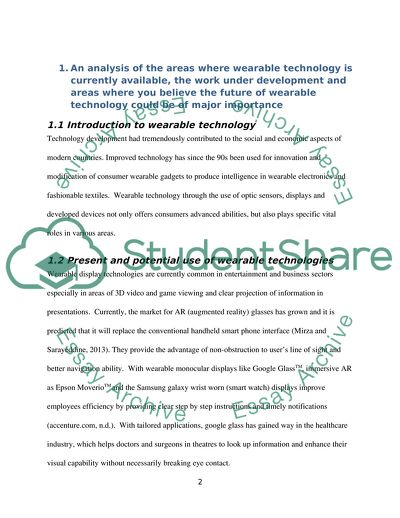Cite this document
(Developments in Plastic Optical Fibres and Wearable Technology Essay Example | Topics and Well Written Essays - 1750 words, n.d.)
Developments in Plastic Optical Fibres and Wearable Technology Essay Example | Topics and Well Written Essays - 1750 words. https://studentshare.org/engineering-and-construction/1857432-optical-systems
Developments in Plastic Optical Fibres and Wearable Technology Essay Example | Topics and Well Written Essays - 1750 words. https://studentshare.org/engineering-and-construction/1857432-optical-systems
(Developments in Plastic Optical Fibres and Wearable Technology Essay Example | Topics and Well Written Essays - 1750 Words)
Developments in Plastic Optical Fibres and Wearable Technology Essay Example | Topics and Well Written Essays - 1750 Words. https://studentshare.org/engineering-and-construction/1857432-optical-systems.
Developments in Plastic Optical Fibres and Wearable Technology Essay Example | Topics and Well Written Essays - 1750 Words. https://studentshare.org/engineering-and-construction/1857432-optical-systems.
“Developments in Plastic Optical Fibres and Wearable Technology Essay Example | Topics and Well Written Essays - 1750 Words”. https://studentshare.org/engineering-and-construction/1857432-optical-systems.


